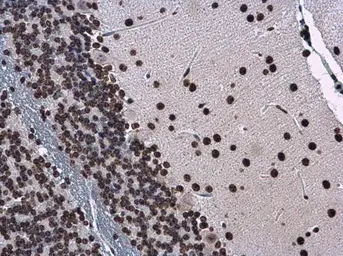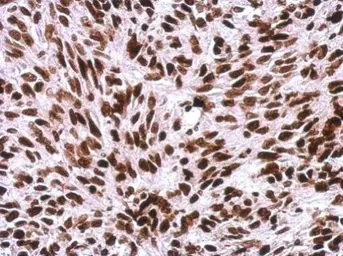Histone H1.0 antibody
Cat. No. GTX114462
Cat. No. GTX114462
-
HostRabbit
-
ClonalityPolyclonal
-
IsotypeIgG
-
ApplicationsWB ICC/IF IHC-P
-
ReactivityHuman, Mouse, Rat











